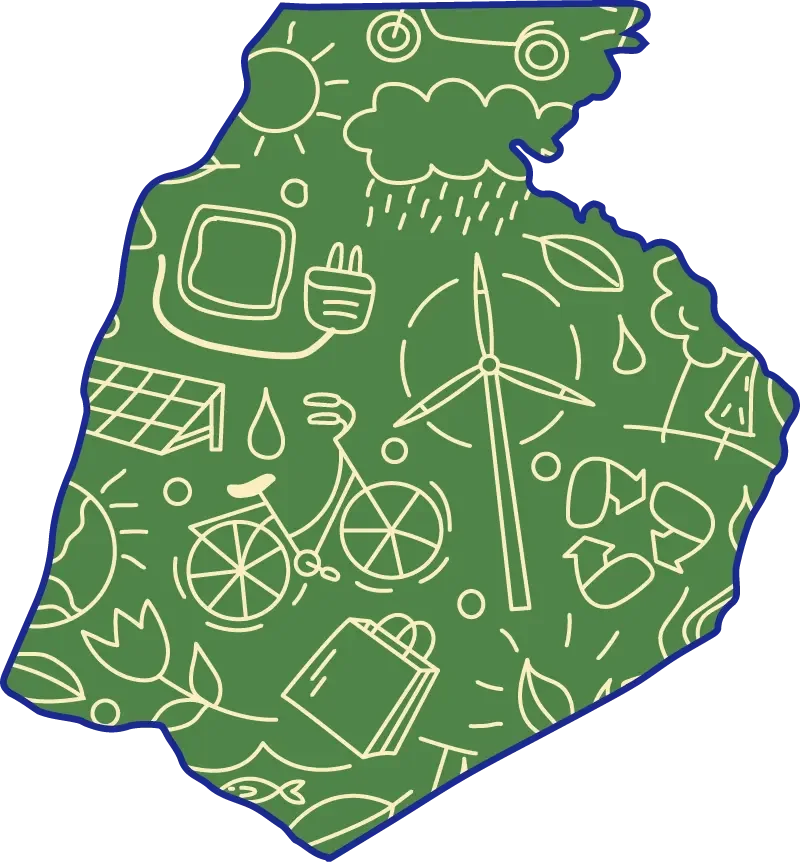Frederick County Sustainability Commission
Jul 16, 2025Virtual Meeting
Read More
Virtual Meeting
Read MoreFrederick County Health Department's Golden Mile Office -1100 West Patrick Street Unit H Frederick MD 21703
Read MoreFrederick Health Village - 1 Frederick Health Way Frederick MD 21701
Read More